Search results for: kettlebell
I slutet av augusti kommer Spartan att hålla utbildning på Factor gym i Västerås.
Factor gym är ett “functional-gym” med Crossfit box. här kan du läsa mer om Factor gym
På Factor gym kommer vi helt att fokusera helt på Kettbellträning och tekniker som passar deras inriktning på träning.
En stor del av vår verksamhet är att just inspirera och utbilda. Vi kan kettlebells, Bulgarian bag, klubbor och mycket annat.
INGA KONSTIGHETER
BARA TRÄNING
 Idén bakom konceptet Factor är enkel. Vi har inspirerats av all världens sporter och träningsformer och utifrån det skapat en annorlunda och varierad träning med tydliga resultat som ledstjärna. I grund och botten handlar Factor om tron på en sund och naturlig träning utan maskiner. Back to Basics, helt enkelt.
Idén bakom konceptet Factor är enkel. Vi har inspirerats av all världens sporter och träningsformer och utifrån det skapat en annorlunda och varierad träning med tydliga resultat som ledstjärna. I grund och botten handlar Factor om tron på en sund och naturlig träning utan maskiner. Back to Basics, helt enkelt.
På Factor kombineras styrka och kondition i ett intensivt tempo för att skapa allsidigt tränade människor, som är både starka och uthålliga. Människor som klarar av vardagens utmaningar utan svårigheter; cykla i motvind till jobbet, skotta bort tung snö runt huset eller bära upp tio kassar mat i åttavåningarshuset när hissen är trasig. Människor som också är kapabla att löpa eller cykla långdistanser om så behövs.
Att bli en allsidigt tränad person, med förutsättningar för både vardagens bestyr och högpresterande utmaningar kräver också en allsidig träning. Därför bygger Factor på en mix av de bästa övningarna från bland annat BootCampträning, gymnastik, skivstångsträning och löpning. Funktionella rörelser i kombination med en relativt hög intensitet ger heltäckande träning för hela kroppen. Det är faktiskt inte svårare än så.
Vi kommer 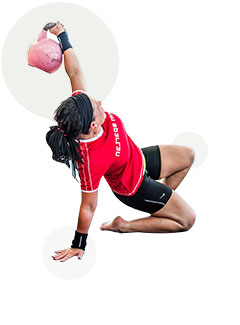 med all sannolikhet att starta klubbverksamheten den andra halvan av maj.
med all sannolikhet att starta klubbverksamheten den andra halvan av maj.
Vill du vara med från starten så gör du en föranmälan här till oss. [email protected]
Men.. vad innebär det att träna med oss i Spartan kettlebell Club?
Vi kommer att träna kettlebells!
Sport lyften:
Inriktning på kettbellsporten med Clean, Jerk och Snatch. Du kommer från grunden lära dig korrekt teknik från två av Sveriges mes erfarna kettlebellcoacher. Sportlyften ger dig styrka, uthållighet och explosivitet.
För sportlyften kommer det även att tränas med andra redskap som bygger uthållighet och explosivitet
Kettlebell flow:
Ett roligt annorlunda sätt att använda kettlebellen. Kettlebellen kommer mer eller mindre vara i konstant rörelse och vi växlar riktning, moment och lyft..
Kettlebell flow bygger styrka och uthållighet och är vansinnigt roligt och utmanande.
Kettlebell Juggling / Kettlebell jonglerande:
Kondition, styrka, koordination… 30 minuter jonglerande där tiden flyger iväg. Du märker inte förrän efter passet hur mycket träning du fått. Jonglerandeär något vi kör utomhus på en fotbollsplan.
Denna träning kommer att understödjas med:
Knäböj, marklyft, Bulgarian bag, band och klubbor (trä, järn och mace)
Med andra ord, vill du träna på riktigt, ha kul och vara en del i ett fantastiskt gäng så är du välkommen att bli en del av Spartan Kettlebell Club
Programming for yourself can be a tricky business. It seems like there is an infinite number of variables to control and consider. But the truth is there’s not.
There are only four.

The Only Important Variables
The exercise itself, volume, intensity, and density are the only things that can be manipulated in a program. Every possible change you can make falls within one of those four categories. And for long-term progress, knowing how to change them, and when, can make all the difference. But it’s not rocket science once you understand the role each element plays.
So, aside from your given exercise, you have these additional variables:
- Volume is a product of how many sets and reps of a given exercise you do, as well how many times per week you do it (also called frequency).
- Intensity is a reference to how heavy you are training in comparison to what would be your absolute potential in that lift (often called a 1RM, or the load you could lift once and once only).
- Density is how fast you can lift your given volume in a workout – 100 reps done at a given load in thirty minutes is a less dense workout than the same reps and weight done in 28 minutes.
1. Exercise Selection
Back when the only training information you could find was a bodybuilding magazine, a lot of articles talked about muscle confusion. Muscle confusion was this idea that by using a different workout every time you trained you’d make more progress. The only problem with that idea is this little principle called SAID – specific adaptation to imposed demand. SAID says you get good at the things you do repeatedly.
If, for instance, you wanted to get really good at push ups and pull ups, you’re going to get better by making sure to do lots of push ups and pull ups in your training. See what I mean by it’s not rocket science?
“Don’t get fooled by so-called muscle confusion and think that you’ll progress faster by swapping your training around every session.”
What SAID does is make you aware of the need for consistency in training. If the event you’re training for has running, then run. If it’s the RKC, then do the basic six RKC movements. If it’s military recruit training, then you need running and calisthenics. Don’t get fooled by so-called muscle confusion and think that you’ll progress faster by swapping your training around every session.
Instead of “mucle confusion,” think specialized variety. Specialized variety exercises are those that are similar to your goal, but just different enough to force some change. This is actually where people got the idea of muscle confusion, but then they took it a step too far. For instance, if my goal is to get better at push ups, I might integrate ring dips, push ups on rings, push ups with my feet on a box – anything that looks similar but isn’t exactly the same push up variation I’ve been working with.

2. Intensity
Because kettlebells come in big jumps in size, and a few years ago came in only 8kg jumps, moderating volume and intensity with them is easy. Most guys will have a top weight for most exercises around 32kg. That is, they’ll be able to use the 32kg bells for most exercises, but won’t get a huge number of reps in. The 16kg kettlebells, on the other hand, will be nice and light and guys will feel like they can train with them all day long. Somewhere in the middle of those two extremes are the 24s. The 24s just end up being the Goldilocks bell for most guys, as they can do most things well for a decent number of reps.
“The goal of training is to improve, not test, and by allowing ourselves to have easy sessions with the 16s, we will give the body time to rest, adapt, and improve.”
If we imagine the 16s are 50% of your best, the 24s are 75%, and the 32s are 100%, then we have an easy way to moderate intensity. Given that the average yearly intensity, even for elite strength athletes, is around 72% (+/- 2%) we can do the following:
If you train with 32s today, then train with 16s the next time you train, and 24s the time after. Even if you did the exact same workout, because you’ve changed the intensity, your body will respond differently. The goal of training is to improve, not test, and by allowing ourselves to have easy sessions with the 16s, we will give the body time to rest, adapt, and improve. That’s how supercompensation works.
The take home points with intensity are this:
- Follow every hard workout with an easy one.
- If you’ve got the stones to do hard workouts, then have the stones to be disciplined enough to do the easy days, too.
- If you train more than three times in a week, don’t add extra 100% sessions, add more easy and medium sessions to keep overall intensity around that 72% mark.
3. Volume
We can also make it far simpler to moderate volume than many would have you believe.The important thing to remember is that you won’t be changing volume and intensity at the same time – you only need to change one variable to force adaptation.
Note: For these examples, you would keep the weight the same. Using the above kettlebell examples still, and assuming the 32s are our limit bells, let’s also assume that five sets of five reps in a given exercise is our best effort.
If five sets is our best effort, and we remember that we need to follow our hardest workout with our easiest, then the next workout should be either 2 or 3 sets of 5 or 5 sets of 2 or 3. The reason is that if 25 reps is our best, then we can safely assume that 12 to 15 reps isn’t a huge challenge and will allow us to recover enough to adapt and push harder the next time we get to our hardest workout. In between the hardest and easiest workouts, we’d again have our Goldilocks sessions, which in this case would be something like 5 sets of 4 or 4 sets of 5.
“The important thing to remember is that you won’t be changing volume and intensity at the same time – you only need to change one variable to force adaptation.”
Looking at the rep ranges, if we take 25 reps to be 100%, then the 12 to 15 of the light day is 48-60% and the 20 reps of the medium day is 80%. A week done in this fashion gives you an average intensity of around 78% – a little high, but close enough to allow you to keep progressing long term.
4. Density
Changing density and waving the effort follows the same pattern. Let’s say that you typically use ten minutes as your goal time. Again, if we’re changing density, we’re only looking to change density while keeping the other variables the same. If you typically perform 50 reps in 10 minutes for your hardest session, then the following workout you’d do 25, with the medium workout having 35, for an average intensity of 73%.

No Recovery, No Improvement
What most people find when starting to use a system like this is that some sessions feel ridiculously easy, especially for those who turn every workout into a competition. But it’s those easy workouts that allow you to improve – without recovery there can be no improvement.
“The exercise you’re dong is the last thing you adapt to. So, while specialized variety can be a great way to inject fresh progress into your training, it is the other variables you should address first.”
And because of the SAID principle, you will get better at the things you do. That means that active rest leads to better gains long term compared to full rest, or days off, as you’re adding exposure to the thing you’re trying to improve, but doing it in a way that doesn’t impair further recovery.
The odd thing about all of this is that it is the exercise you should seek to change last, not first. It’s intensity you adapt to first, followed by volume. The exercise you’re dong is the last thing you adapt to. So, while specialized variety can be a great way to inject fresh progress into your training, it is the other variables you should address first.
Programming for yourself isn’t necessarily easy, but it’s not rocket science either. Just remember:
- Allow yourself the easy days so you can adapt.
- Always follow your hardest day with an easy one.
- Spend more time on easy and medium sessions if you want to improve longer term.
Spartan Kettlebell Club startades för några år sedan men har legat vilande ett tag. Vi tittar nu på möjligheten att starta upp klubben igen med mål att träna kettlebell med inriktning på kettlebell sport, kettlebell jonglering, kettlebell flow och annan rolig funktionell träning med den typ av redskap Spartan introducerat på den Svenska marknaden.
Just nu kollar vi upp intresset i Motala området för att kunna lägga grunden för en fungerande klubb.
Klubben kommer inte drivas med något vinstintresse utan målet är att träna, ha roligt och lära sig mer och det till en låg kostnad.. (täcka kostnad för lokal)
Huvudtränare blir Olof Elwin och Elna Elwin
För att göra en intresse anmälan.. skriv en not i kommentarsfältet eller skicka ett mail till [email protected]
Vill du veta mer.. ring Olof 0707-789299
Det skulle vara mer än roligt att få göra det vi brinner för och att göra det tillsammans.
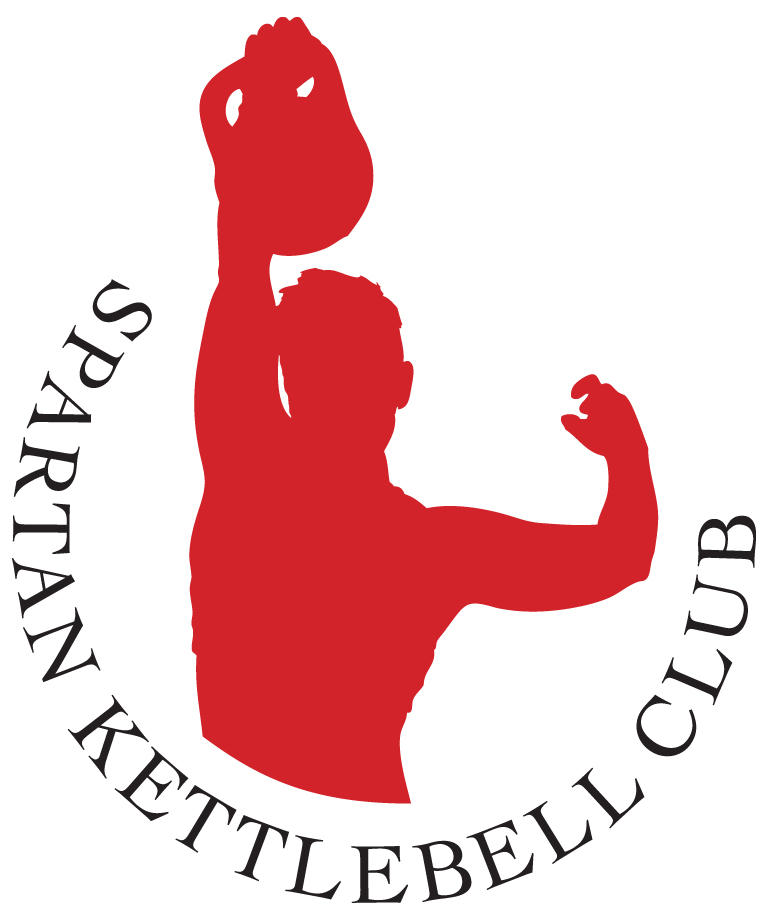

Should you buy that 48kg kettlebell or buy a second 24kg kettlebell? It all depends on what you’re trying to accomplish. Here I discuss several benefits of double kettlebell versus single kettlebell training.
After a while, even the most difficult kettlebell exercises will seem easy (if you train correctly of course). Your high rep sets of Kettlebell Snatches, Kettlebell Swings, and Kettlebell Cleans & Presses will start to seem mundane. If getting strong is your goal, your 16kg kettlebell won’t do much in the way of strength development, no matter how much you slow down your reps for Goblet Squats, Deadlifts, and Strict Presses. In all of these cases, you have two choices: upgrade to heavier kettlebell, or start working with two kettlebells of the same size.
Which option you choose is largely dependent on your programming, both types of training (double kettlebell training and heavy single kettlebell training) have their benefits. Here are three aspects of your training to consider before choosing one over the other. This is, of course, assuming that you have to choose one or the other for financial or space-saving reasons.
CORE STRENGTH DEVELOPMENT WITH KETTLEBELLS

What people call their “core” is an extremely large portion of your body. I consider your core to encompass your body from just below your shoulders to just above your knees. This area of the body includes your chest, abdominals, back, hamstrings, and glutes (essentially the majority of your posterior and anterior chains). Given that this is such a large, strong group of muscles, developing solid strength will require a lot load. So, should you go with a single heavy kettlebell or double kettlebells to up your weight?
In terms of core strength development, a single heavy kettlebell will require a certain amount of core stabilization to control the weight, especially when it’s loaded on one side. If you’re performing a Kettlebell Front Squat, loading a single side with a 48kg kettlebell while leaving the other side free will require you to stabilize that side much more to maintain alignment. However, that assumes that your upper body is strong enough to maintain the rack position while descending into the squat, something that you may not have developed yet.
Conversely, if you use double kettlebells you can get the same amount of load onto your core with two 24kg kettlebells. It won’t require as much core stabilization (it will still require a lot of that too mind you), but it will allow you to maintain the rack position even if a single one of your arms isn’t strong enough to hold a 48kg kettlebell. In addition, rather than worrying about upper body and core stabilization, you’ll be able to focus more on lower body strength development, the reason you’re probably squatting in the first place.
BALLISTIC POWER DEVELOPMENT WITH KETTLEBELLS
One of the key benefits of kettlebell training is the ability to develop power through ballistic exercise. You can perform most ballistic kettlebell exercises, such as your Swings, Cleans, Snatches, and High Pulls, with either one or two kettlebells, but what you choose is dependent on your programming and your skill level.
Like your core strength development, using a single heavy kettlebell for ballistic exercise requires additional core stability in order to maintain alignment. However, if your form in any given exercise isn’t perfect, upping the weight of your kettlebell could be dangerous. During the down swing in each ballistic exercise you’ll be required to provide a counter rotation of your body to resist the pull of weight on one side. If you are not ready to counteract that pull, you could put your back dangerously out of alignment.
Conversely, double kettlebell ballistic exercises can help you build additional explosive power (especially through your hips) without as much risk of bad alignment. Since the weight is balanced, you will be required to counter rotate your body much less, assuming that your form is good and your timing with each rep is perfect. On the flip side of that argument is that if your timing is off, meaning that one kettlebell is rising or descending at a different time as the other kettlebell, you may again create a dangerous situation with your back.
The plus side is that you can always perfect your form with a lighter weight while still increasing your load slightly. Imagine that you want to perform heavier 1-Arm Kettlebell Swings in order to enhance hip explosiveness. You can either up your weight from 16kg to 24kg or use double 12kg weights. Both will increase your load, but one (the single heavy) will require much more grip and forearm strength to use.
KETTLEBELL EXERCISE VERSATILITY
There are literally hundreds of different movements that can be performed with both one kettlebell or double kettlebells, however, some exercises require that you use doubles. Some of these include the Kettlebell Anyhow, Seesaw Press, and Renegade Row. You can perform a variation of each exercise with a single kettlebell, but you won’t get the same benefits of the alternating loads that each exercise requires.
If you’re into perfecting the basics, namely Kettlebell Swings, Kettlebell Snatches, Turkish Get Ups, and Windmills, upping the weight on a single side could improve aspects of the exercise that double kettlebells would not allow. Part of this is due to the fact that you can perform more reps with a single kettlebell versus double kettlebells.
SHOULD YOU GET A HEAVY SINGLE KETTLEBELL OR DOUBLE KETTLEBELLS?
Like I said, it’s totally up to your goals, skills, and finances. Ideally, you would do both heavy single kettlebell training and double kettlebell training to reap the benefits of both. If I personally had to choose between a single heavy and a second kettlebell of a weight I already own, I would probably go with the second kettlebell of the same weight, simply because I prefer doing less reps of more technical exercises, but that’s just me.
Under helgen har 5 st studenter certifierat sig som Spartan coacher.
För att kunna klara certifieringen krävs mycket tränande.
Det behöver gå minst 6 månader av träning mellan grund och certifiering och under dessa månader har eleven hela tiden tillgång till coachning via Video.
För att kunna bli en coach räcker det inte med att “bara” kunna tekniken i KB lyften utan studenten behöver kunna coacha, kunna träningsupplägg och förstå grundläggande biomekanik/rörelse.
När det gäller tekniken i de klassiska lyften måste det vara perfekt i varje lyft och då räcker det inte med en kvalitet som endast klarar en tävlingsdomares kritiska öga.. lyftet måste vara perfekt i alla delar under 6-10 minuters repeterande.
Spartan gratulerar sina nya coacher och tackar innerligt för deras hårda arbete.
Väl gjort!
På våra utbildningar, både med kettlebells och med Bulgarian bag trycker vi så hårt på detta med att ha kontakt med golvet. Att kraften måste vara en del av något mer.. inte bara kroppens rörelse.
I lyftet med stång eller med kettlebell eller med bagen så handlar det om relationen mellan mark och vikt.. Strukturerna där emellan är endast hävarmar för att styra vikten rätt.
Filmerna nedan är mer än instruktiva.. de är fantastiska.. så Tack Pär Jansson (certifierad Spartan Coach) för att du visade mig filmerna.
Fitness24seven satsar på sina instruktörer!
Andra veckan i maj kommer vi på Spartan att utbilda 80 instruktörer från Fitness24seven i grunderna i korrekt kettlebellträning.
En del av innehållet kommer visa på skillnaden att träna med en kettlebell och kettlebellträning.
Kan låta som samma sak.. men det är som med löpning.. sprint och maraton är inte samma sak. Vi kommer lära ut säker kettlebellträning anpassad för gym-miljö.
Grundtekniker och en mängd fitnessövningar.. både för PT och gruppträning.
Totalt 80 instruktörer samlade i Malmö, Göteborg och Stockholm.
Känns roligt att vi fick privilegiet att jobba med dem.
Varje år anordnar Korpen olika aktiviteter..
Korpen Småland har ett event de kallar ToppConvention som är tänkt att ge tränare och tränade inspiration
Härligt initiativ tycker jag och ser man på programmet har man verkligen valt att ta träning vidare ett steg.
Spartan är medbjudna och vi kommer att köra 2 olika pass,. Kettlebell och ett utomhuspass..
jag har några månader på mig att förbereda och ta fram ett inspirerande och givande pass.
När vi är ute på det här sättet så bygger vi det mesta kring Spartan Training System, där vi vill få ihop de olika delarna i träning.. Rörlighet, Belastning, Balans och Motiv. I större klasser som det kommer bli här gäller det att få ihop delarna..
just den här typen av konvent är alltid roligt att få vara med på.. de som kommer vill verkligen träna.

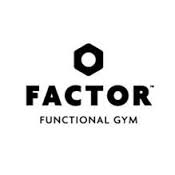


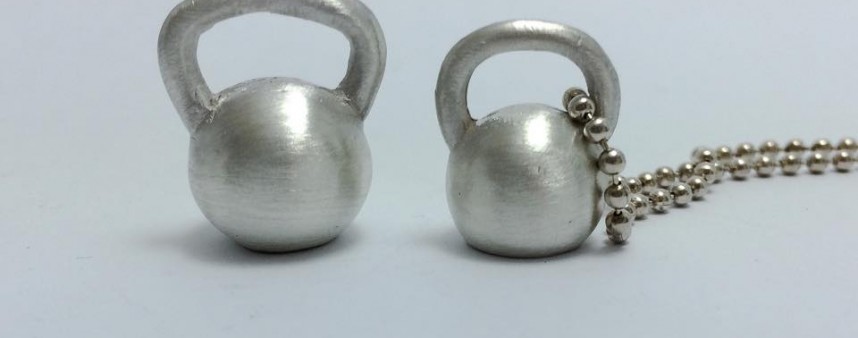
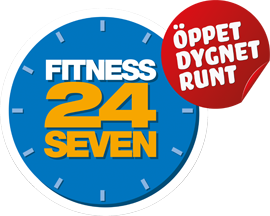
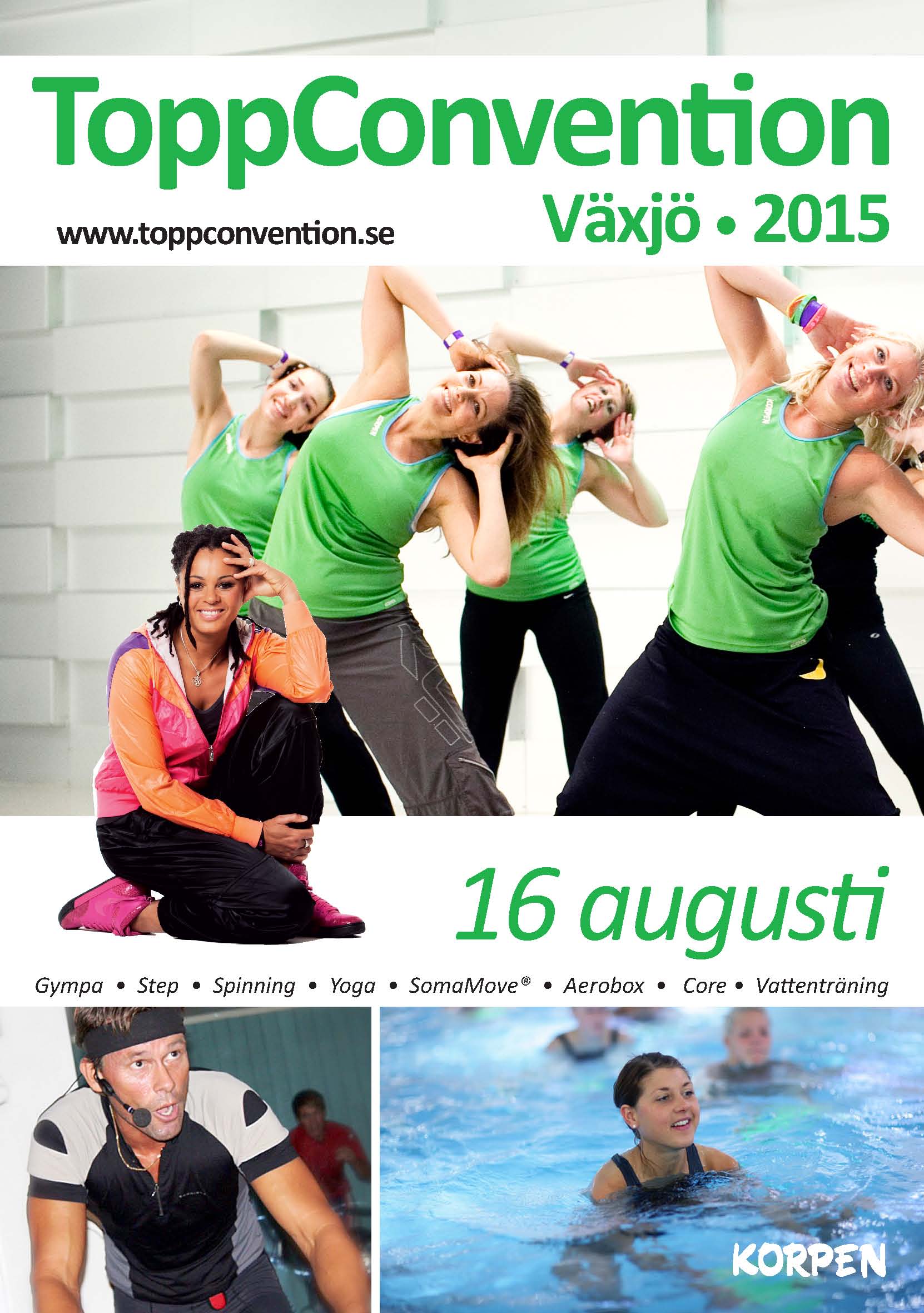
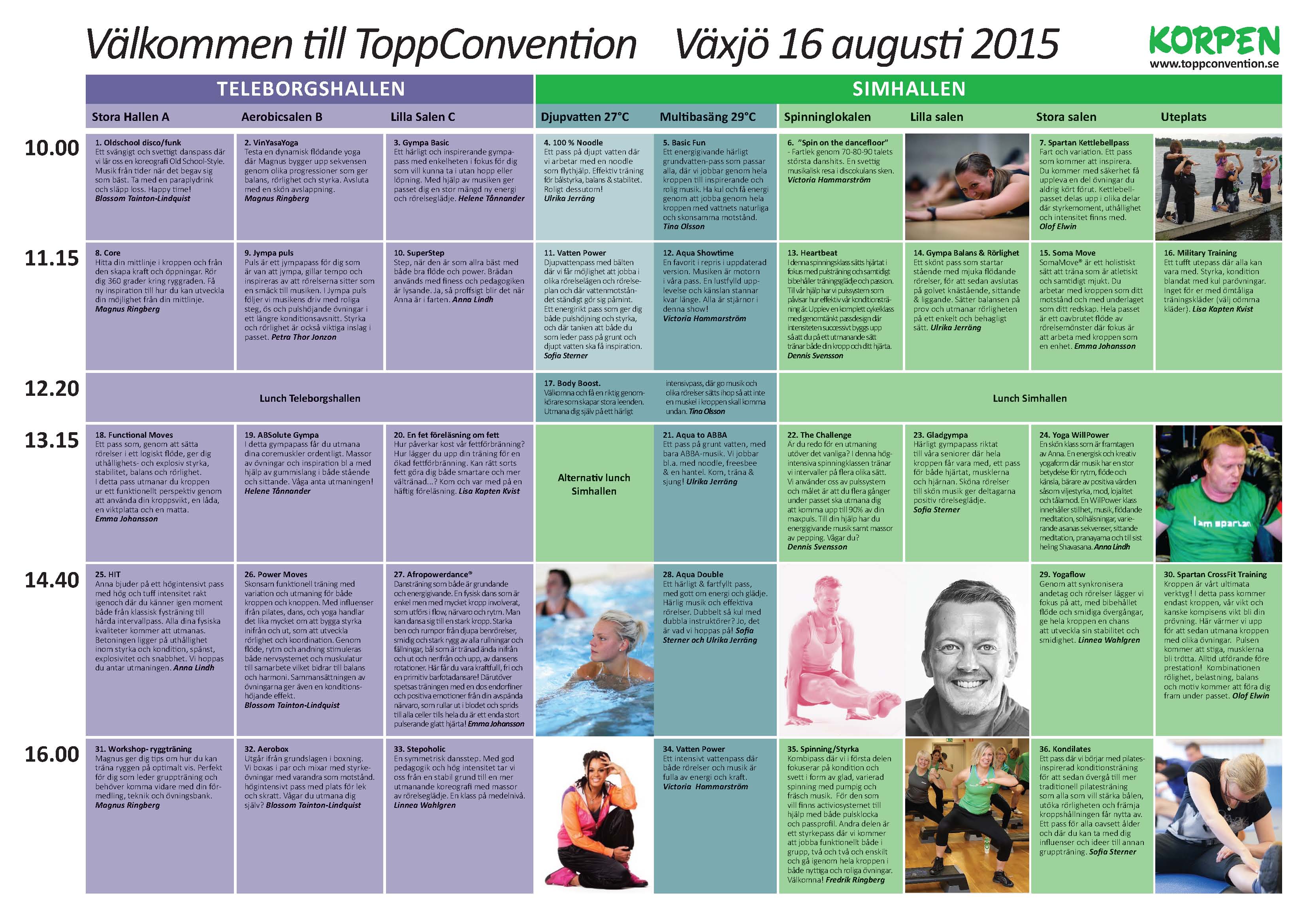
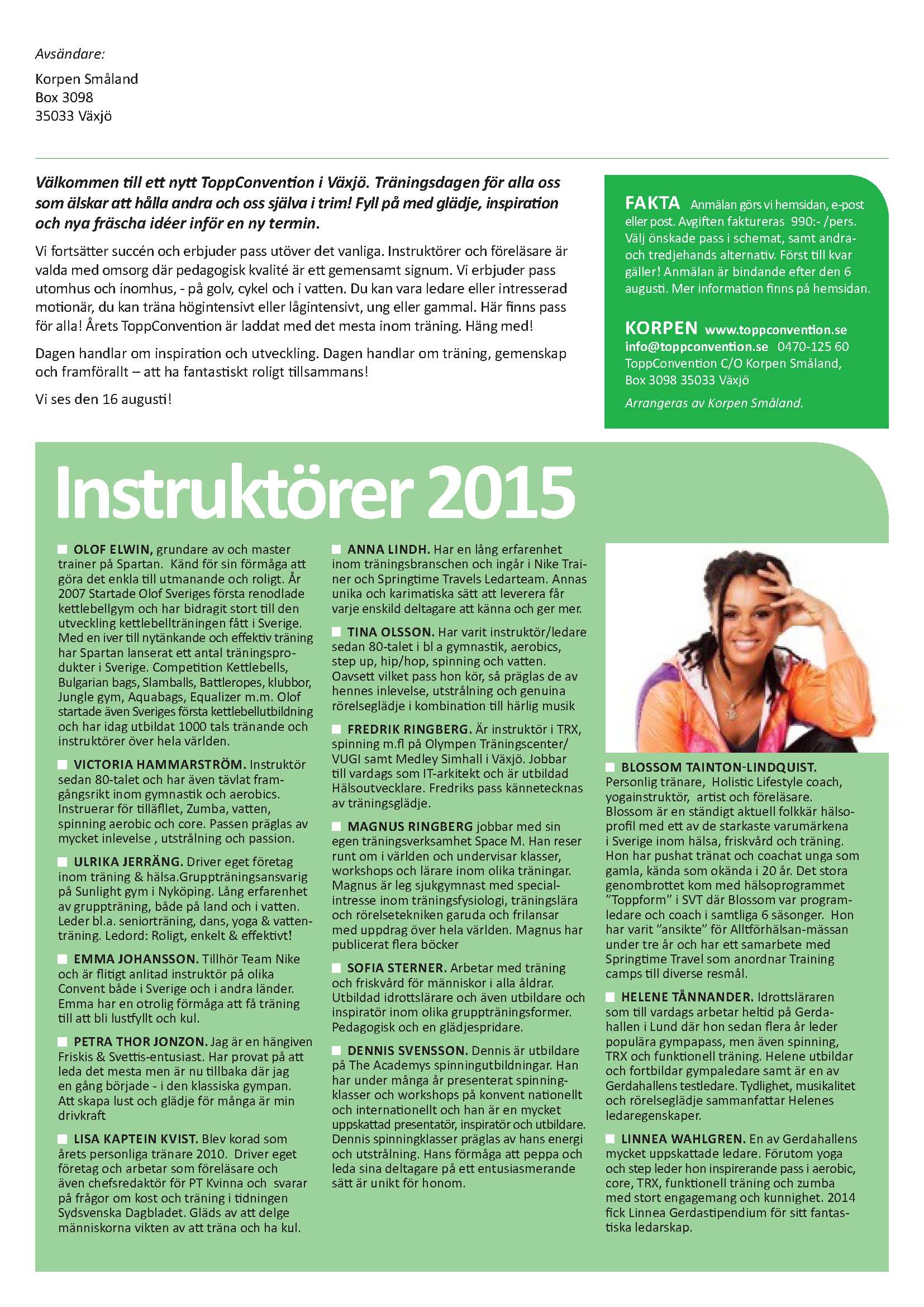
 Location: Östermalmsgatan 13
Location: Östermalmsgatan 13 Phone: +46 (0) 141-478830
Phone: +46 (0) 141-478830 Email:
Email: 



